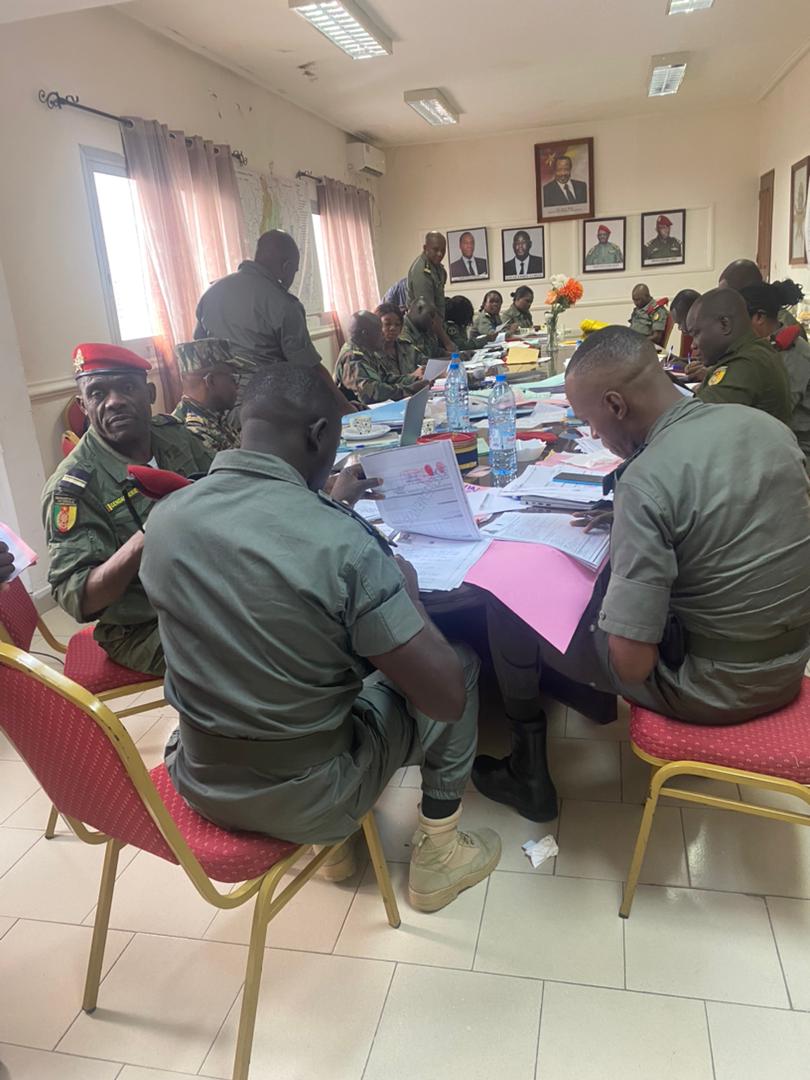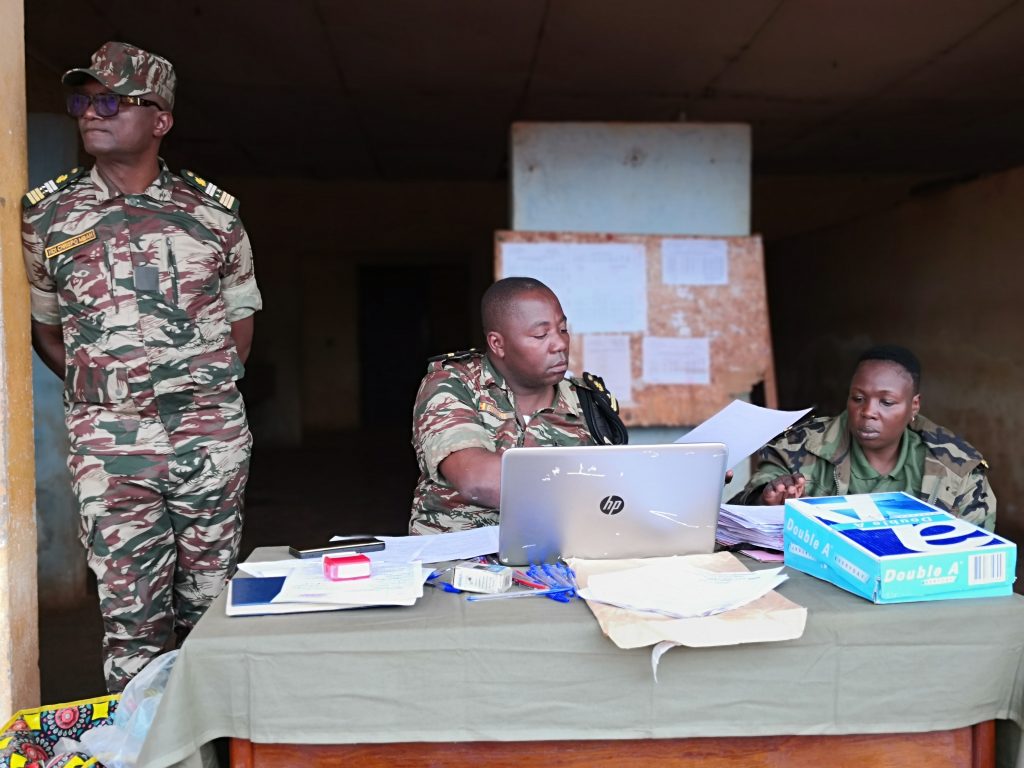This second stage was essentially based on recovering the data collection tools previously made available to the Heads of Units and Formations.
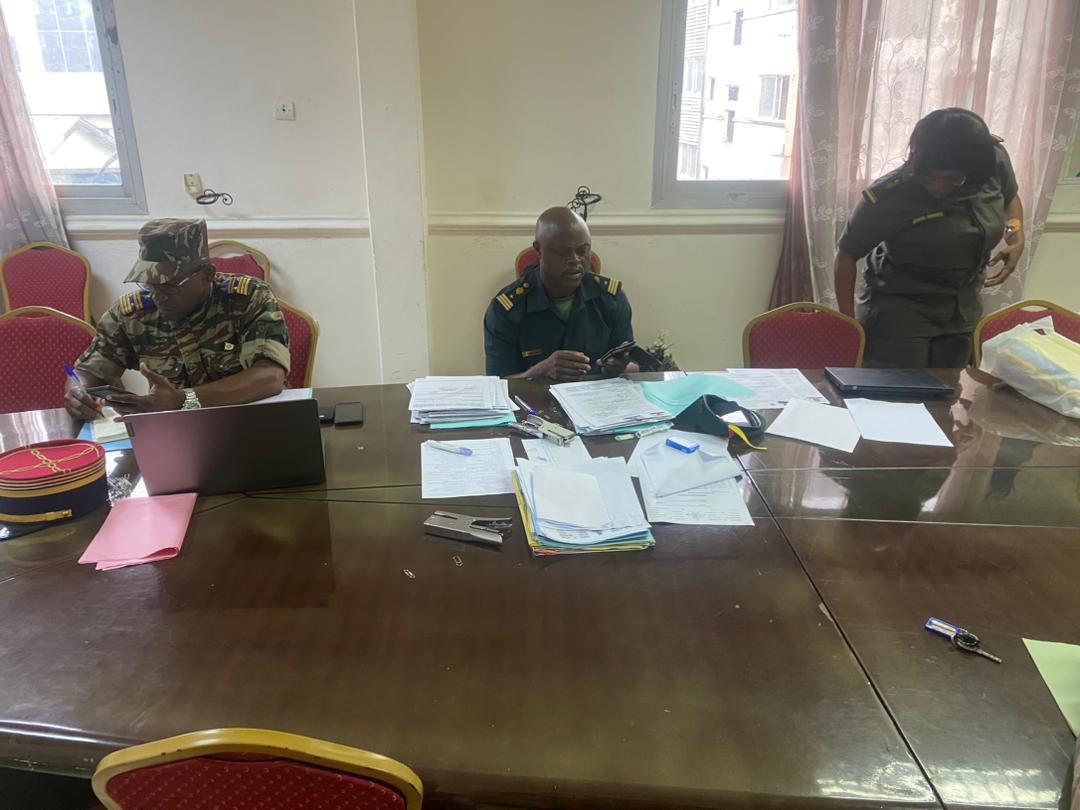
Two and a half months was exactly the time given to all military and civilian personnel serving in the Defence Forces to take the census. In practical terms, the census consisted of filling in an individual form divided into several sections relating to the careers of the people concerned. They were asked to provide all the information concerning them, including their marital status, career history, honours and awards, academic level and other information needed for the proper management of their career profiles. In addition, there is the Situation de Prise d’Arme (SPA), the tableau des emplois, des effectifs et des compétences (TEEC), which is filled in by the user chiefs and provides more information on the administrative positions of each member of staff, as well as the tasks they perform on a daily basis. It will also provide information on individual skills with a view to better career guidance. To this end, they were given a guide to help them fill in the documents.
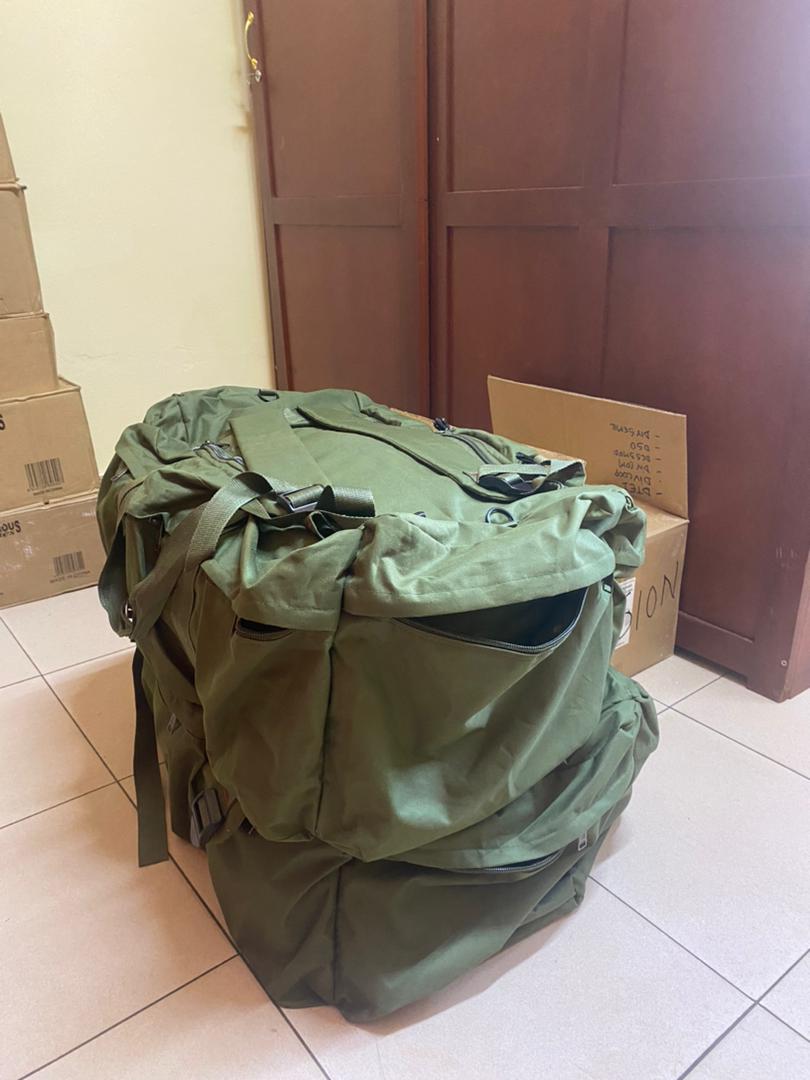

Phase 2 was conducted by ten (10) census teams, as in the first phase, each headed by a Senior Officer, Head of Mission. The teams, which were deployed throughout the country, had the onerous task of collecting the duly completed individual forms, which were signed by those concerned and then countersigned by the user managers; checking the names on the basis of the supporting documents provided; and then collecting the statements attesting to the actual presence of the personnel at their posts (in garrison or on operation). Finally, at the end of the operation, the heads of the various teams were responsible for completing a report on the recovery of the census documents, under the watchful eye of the head of the host organisation or his representative.
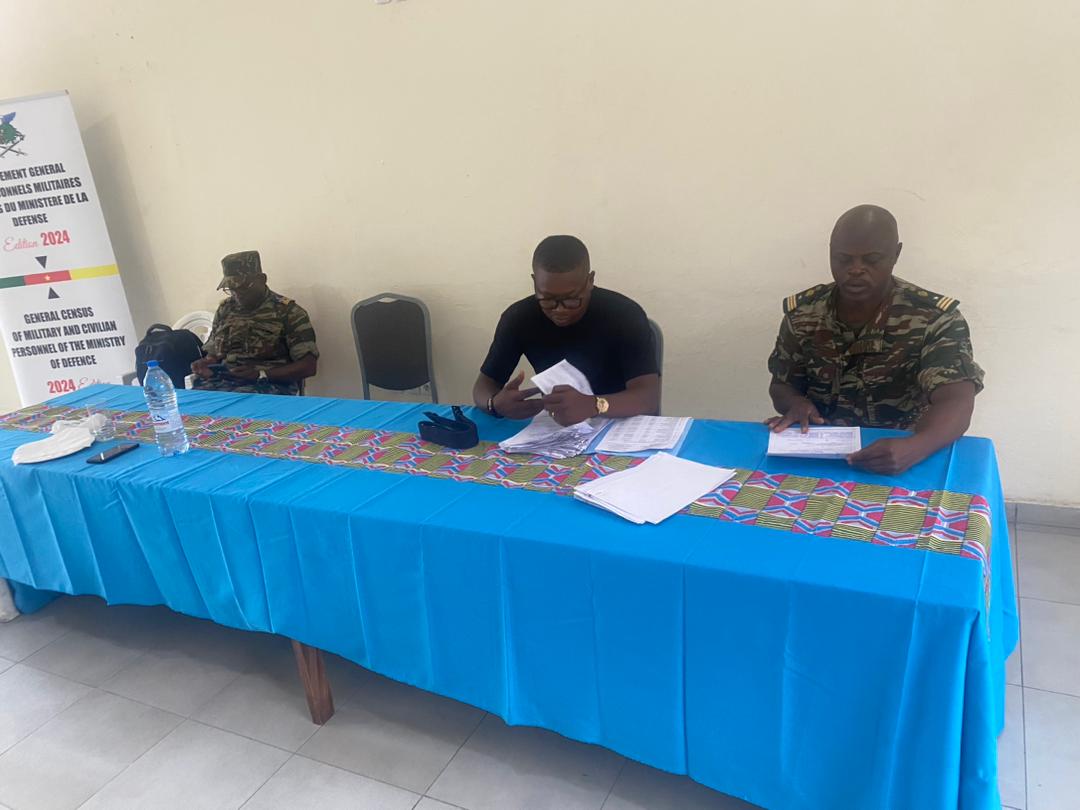
At the end of this second phase, the HRD said it was satisfied with the work done by the various census teams because, despite some difficulties encountered in the field, the deadlines set by the High Command were perfectly respected by all the teams deployed. They returned to the HRD with all the census documents. After this stage, phase 3 will essentially involve entering all this information into the database created using the census software designed for this purpose and housed in the Human Resources Department’s IT department. It is worth pointing out, however, that the Human Resources Department is continuing to collect data on these staff, for the benefit of the structures and staff who have not yet registered, in order to register as many staff as possible with a view to efficient management of the human resources available within our ministerial department.

